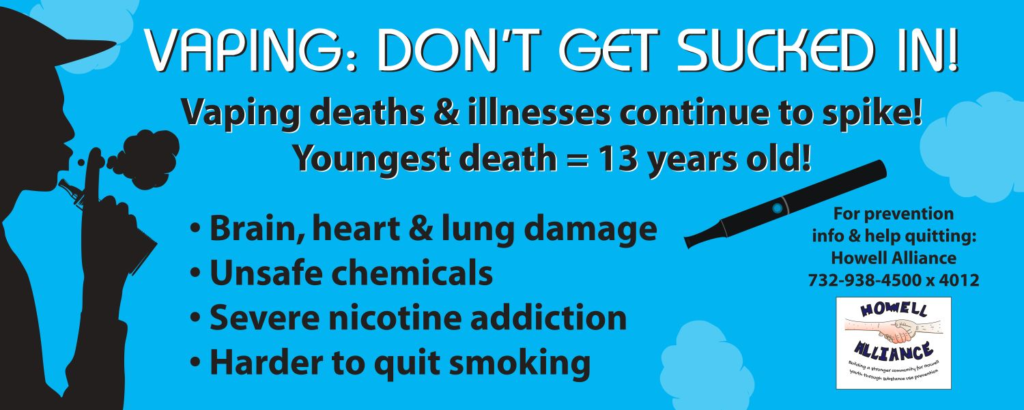Active audience= Active audiences are when an audience is engaging, interpreting, and responding to media messages. They are more likely to develop their own interpretation of a media text based on their beliefs and social context.
Passive audience= Passive audiences are directly influenced by the messages encoded in media texts because they do not question or challenge those meanings.
Extension task= Explain the ways in which media products are thought to impact on audiences cognitively, affectively and behaviourally.
I think media products, like video games, are thought to expand people’s knowledge and influence minds in both positive and negative ways. There is an increased belief of potential violence in the real world from watching violent media content leading to anxiety about personal safety.
Task 1:
Explain how Bandura’s view of media audiences is essentially different to that held by Shirky and Jenkins.
Albert Bandura is a psychologist who focuses on people’s behaviours and emphasises the importance of observing, modelling and imitating behaviours/attitudes and emotional reactions of others. His theory considers how both environmental and cognitive factors interact to influence human learning and behaviour. Bandura believes that children observe and learn from the people around them behaving in various ways. Therefore, this links to media audiences as he believes the media can directly ‘implant’ ideas into the mind of audiences. This is different to Shirky and Jenkins view of media audiences.
In contrast, Henry Jenkins believes that the media is one-way communication. This means that the flow of communication was from the media producers (Radio, Newspapers and Magazines for example) to the audiences or receivers. He believes that: ‘Fans produce meanings and interpretations; fans produce artworks; fans produce alternative identities’. In each case, fans are drawing on materials from the dominant media and employing them in ways that serve their own interests and facilitate their own pleasures.
Similarly, Clay Shirky focuses on the death of the mass media and the rising usefulness of networks. He argues that with the advent of digital and social media, audiences no longer play a passive receiving role; they become active participants and content creators. This means that the media is growing and becoming more interactive for audiences.
Task 2:
1. Why, according to the news report, do investors like the Video Games Industry so much?
Investors like the Video games Industry so much because the engagement continues to grow and that could mean big returns for investors interested in the space. It is also one of the fastest growing markets ever.
2. What are e-sports?
E-sports is where people play competitively on a multiplayer game for spectators, and competitions can be held. Usually, these are videoed or live streamed and millions of people enjoy watching.
3. How is new digital media technology changing the way that video games are accessed by consumers?
Traditionally, consumers used to play on consoles or PCs, but now, the percentage of time spent gaming on mobile devices has increased rather than consoles. Mobiles and tablets have influenced the structure of many industries, and 50% of gaming will be conducted on mobile and tablet devices.
4. What does FPS and MMORP stand for?
FPS – First Person Shooter. – A game that puts the player in first person whilst containing guns.
MMORP – Massively Multiplayer Online Role-Playing game.



